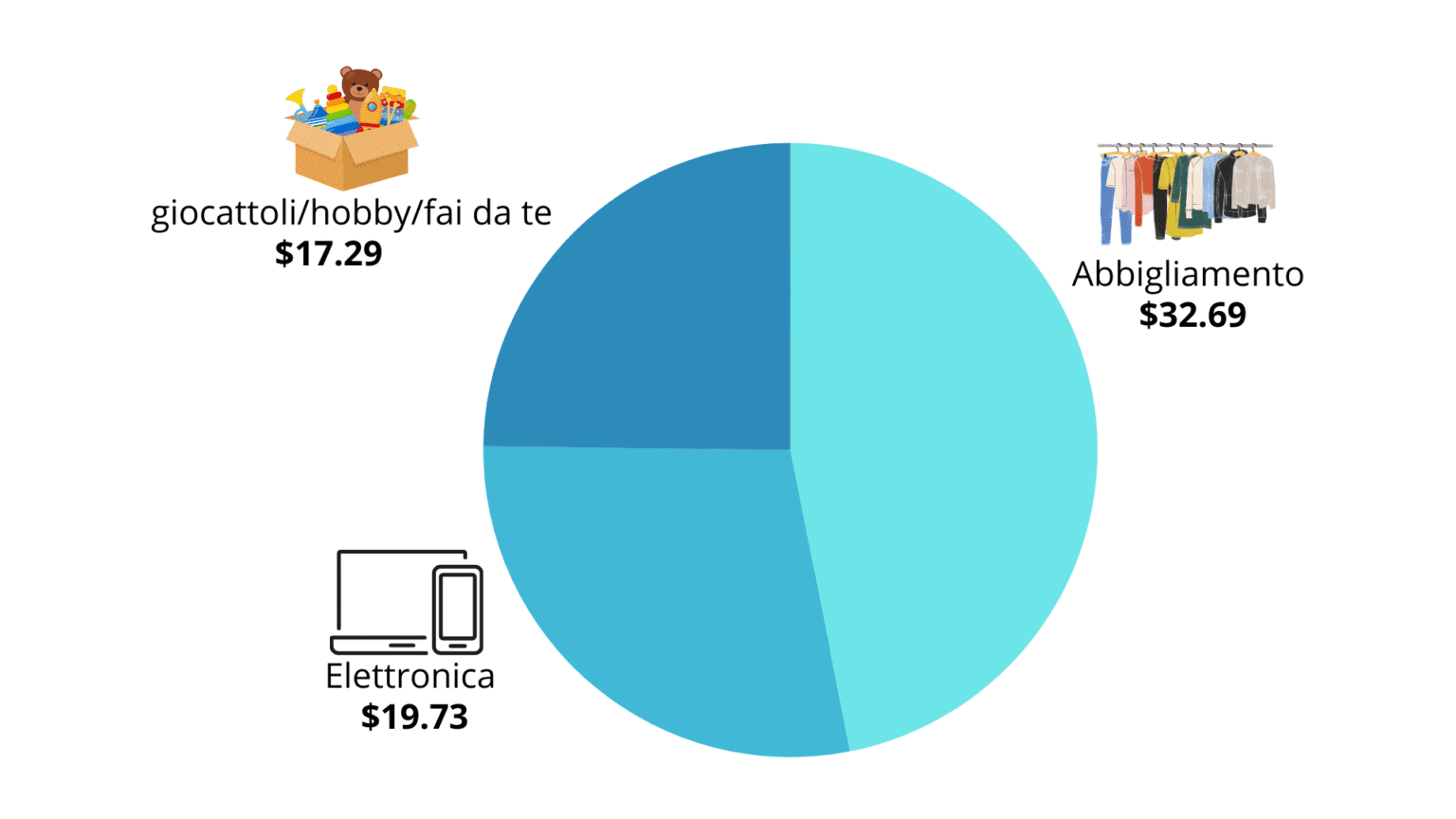Why and what to sell online in Germany
For many Italian brands, Germany is an attractive market to export to, selling online. Why? The internet penetration rate is 93.1 percent, with 77.53 million connected users, and the number of internet users buying online is 67.22 million.

What are the growth prospects for the immediate future? According to Statista by 2024, revenue in the e-commerce market will reach $3.226 trillion globally. The potential is enormous, considering that the same forecasts in Germany will stand at 89.62 billion in 2024. The products that end up the most in virtual shopping carts are. clothing (estimated annual spending $32.69 billion, down 4.9 percent from last year) , electronics (estimated annual spending $19.73 billion, down 19.6 percent from last year), toys/hobbies/do-it-yourself (estimated annual spending $17.29 billion, down 6.2 percent from last year).

Where and how to sell online in Germany
To sell online in a foreign country, and therefore also in Germany, one can take two parallel paths:
1. Develop and promote proprietary e-commerce. This requires a substantial investment in brand awareness activities, SEO.
2. Selling through marketplace platforms, such as Amazon, eBay, Zalando. This is a strategy that allows you to reach millions of potential customers, usually in a shorter time frame and with smaller investments.In fact, marketplaces are the easiest way for many companies. An example? In Italy, 70 percent of the more than 3,500 professional eBay sellers export to more than 10 countries. In 2018, Germany is the country to which eBay sellers sold the most (France is in first place).
The ranking of the most popular online sales channels in Germany
In the complex world of marketplaces, choosing online sales platforms can prove to be a tortuous path. This article on the 3 tactics for choosing the right marketplaces for your brand can provide useful guidance.
If we look at traffic data, the most popular platform overall is Amazon, with an average of as many as 342,7 million monthly visits. In second place is the generalist ebay with, who, on the other hand, with 140 million. Both experience a decline in visits compared to the last two years.
Third place is occupied by the German platform Otto. It is a generalist site active in more than 20 countries. Otto offers millions of products, caters to an audience of more than 11 million active customers and presents 44.2 million visits.
In fourth place is Zalando, the famous German marketplace, which, just in Germany, gains over 32,6 million visits.
In Germany, as well as in other countries, Temu ‘s entry has resulted in changes to the overall ranking. This year, in fact, it occupies the fifth position in the rankings, with nearly 30 million monthly visits, causing Kaufland’s exit.
5 tips for selling online in Germany on marketplaces
Before opening up to the German market, it is essential:
- Insight into users’ online shopping preferences and behaviors. One example? It might be useful to know that, in contrast to other Europeans, Germans prefer to receive orders at a pickup point. Or that 40 percent prefer to pay after purchase. Or that Germany has the highest rate of returns (53 percent), due to both local payment preferences and the return policies launched by Zalando.
- If shipments leave from Italy, it is not necessary to have a local VAT number, which becomes necessary if you decide to optimize your sales and thus have an on-site warehouse.
- Adapt content to the local language; texts should not only be translated, but localized, that is, adapted naturally to the vocabulary of German buyers.
- Structure an appropriate logistics organization; that is, one that respects the rules of each platform and the expectations of consumers, who are increasingly accustomed to fast and efficient deliveries.
- Have a customer service representative who speaks German; to support customers in any inquiries or return procedures.





